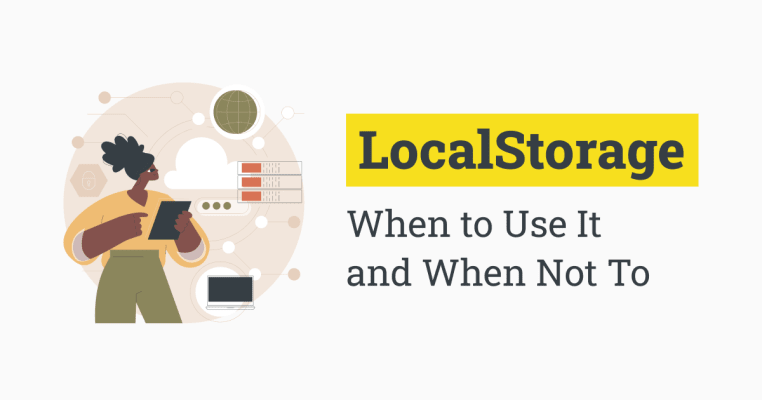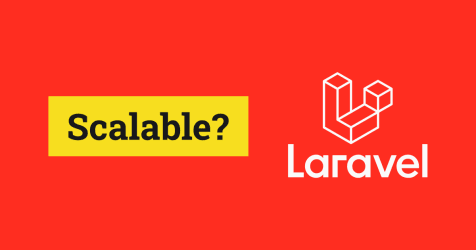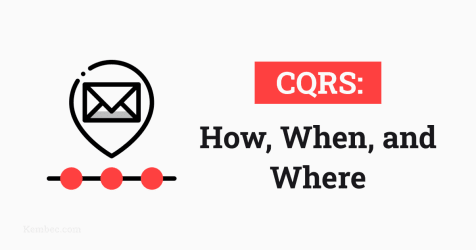When to Use and When Not to Use: LocalStorage
Technology always provides us with fascinating tools, and one of them is LocalStorage in the realm of web development. Despite its apparent simplicity, knowing when and how to use it can make the difference between an efficient application and one full of problems. Here, I present a deep and detailed look at the use of LocalStorage, steering clear of clichés and adding a touch of my personal experience.

Understanding LocalStorage
LocalStorage is part of the Web Storage API, which also includes SessionStorage. LocalStorage allows you to store data persistently in the user’s browser, even after the browser window is closed. Each origin (combination of protocol, domain, and port) has its own data store, with a typical capacity of around 5MB per origin.
Key Features
- Data Persistence: Unlike SessionStorage, data in LocalStorage does not have a predefined expiration time.
- Simple Storage: Stores key-value pairs as text strings, making it easy to use.
- Origin Scope: Data is accessible only from the same origin, adding a layer of security.
Recommended Use Cases
1. User Preferences
Imagine you are developing an application where users can customize their experience, such as changing the interface theme or remembering their language settings. This is where LocalStorage shines. It allows you to save these preferences locally, ensuring that every time the user returns to the application, their preferred settings are maintained.
// Save user's theme preference
localStorage.setItem('theme', 'dark');
// Retrieve user's theme preference
const theme = localStorage.getItem('theme');
2. Temporary Form Data
In developing complex forms, it can be frustrating for users to lose their data due to connection errors or accidental browser closures. By using LocalStorage, we can temporarily save form data.
// Save form data
document.getElementById('myForm').addEventListener('input', (e) => {
localStorage.setItem('formData', JSON.stringify({ name: e.target.name, value: e.target.value }));
});
// Restore form data
const savedData = JSON.parse(localStorage.getItem('formData'));
if (savedData) {
document.querySelector(`[name=${savedData.name}]`).value = savedData.value;
}
3. Shopping Carts
For e-commerce applications, maintaining the state of the shopping cart is essential. LocalStorage allows you to store the products selected by the user, offering a smooth and persistent experience.
// Add product to cart
const addToCart = (product) => {
let cart = JSON.parse(localStorage.getItem('cart')) || [];
cart.push(product);
localStorage.setItem('cart', JSON.stringify(cart));
};
// Retrieve products from cart
const cart = JSON.parse(localStorage.getItem('cart')) || [];
When Not to Use LocalStorage
1. Sensitive Data
LocalStorage should not be used to store sensitive information such as passwords, authentication tokens, or personally identifiable information (PII). Data in LocalStorage is not encrypted and can be accessed through XSS (Cross-Site Scripting) attacks.
2. Large Volumes of Data
Since the capacity of LocalStorage is limited (typically around 5MB), it is not suitable for storing large amounts of data. For this, more robust solutions such as IndexedDB or server-side storage should be considered.
3. Data Requiring Synchronization
LocalStorage is not ideal for data that needs real-time synchronization between multiple devices or sessions. For these cases, a real-time database like Firebase or a backend-based solution is more appropriate.
Alternatives to LocalStorage
- SessionStorage: Similar to LocalStorage but with a lifespan limited to the browser session. Ideal for data needed temporarily.
- IndexedDB: A more advanced storage API that allows large volumes of structured data to be stored.
- Cookies: Useful for small amounts of data that need to be sent to the server with each HTTP request.
- Backend Databases: For data that needs long-term persistence and access from multiple devices or users.
Final Reflection
LocalStorage is a powerful tool but with clear limitations. Its simplicity is both its greatest strength and its greatest weakness. By understanding when and how to use it, we can create more efficient and secure web applications. In a world where user experience and data security are paramount, choosing the right tool for each situation is crucial.
As developers, we must always ask ourselves: Is this storage secure and suitable for the type of data I’m handling? Only then can we ensure robust and reliable applications.





